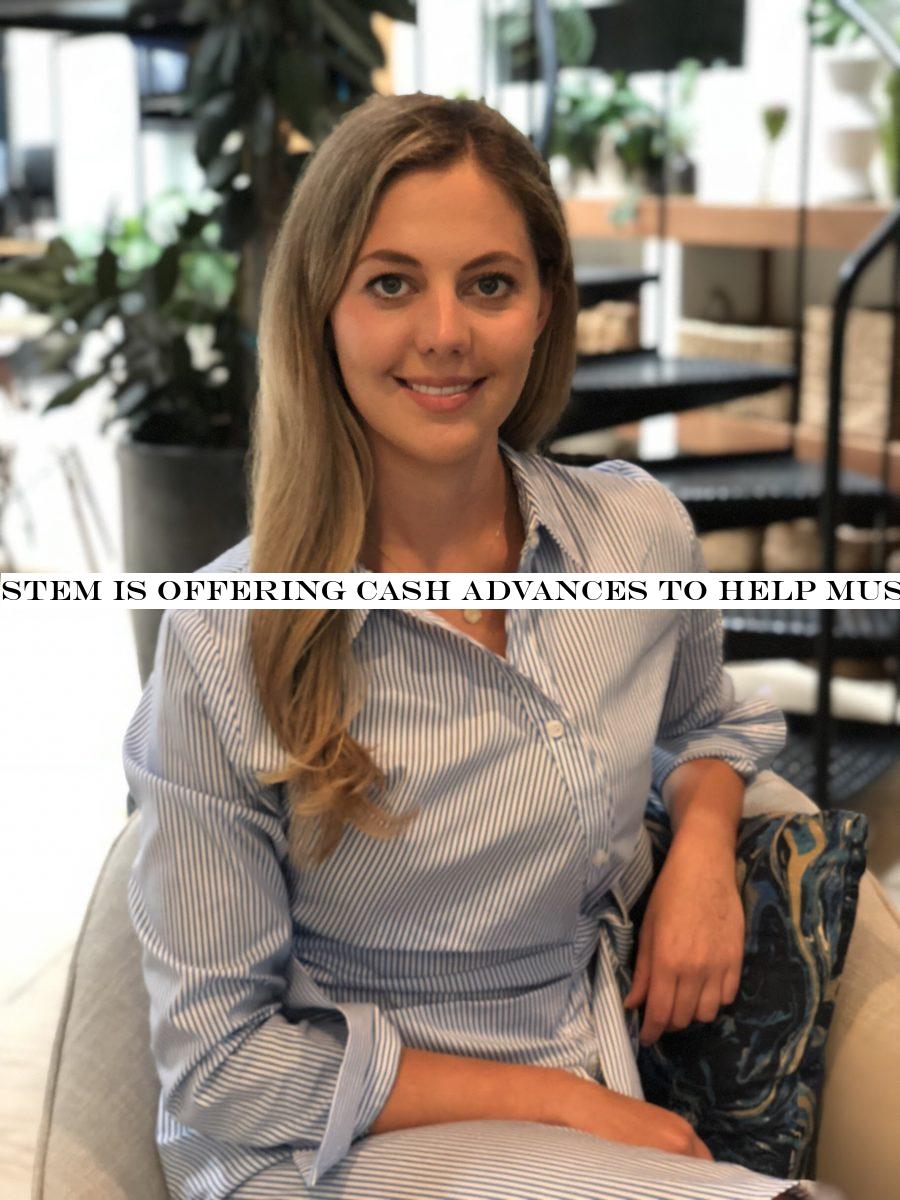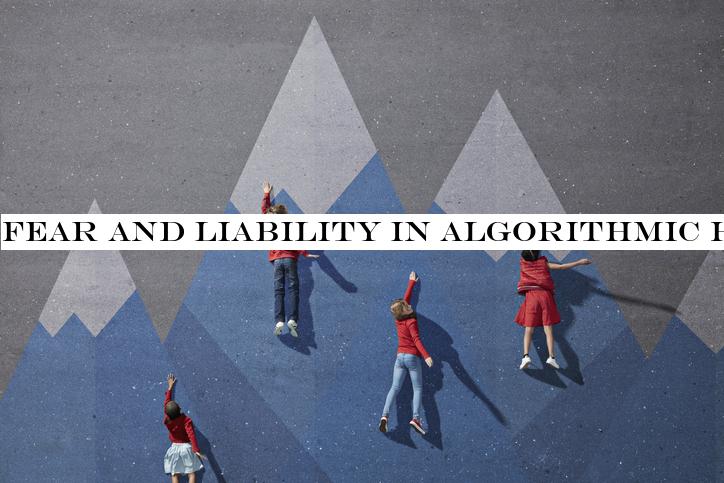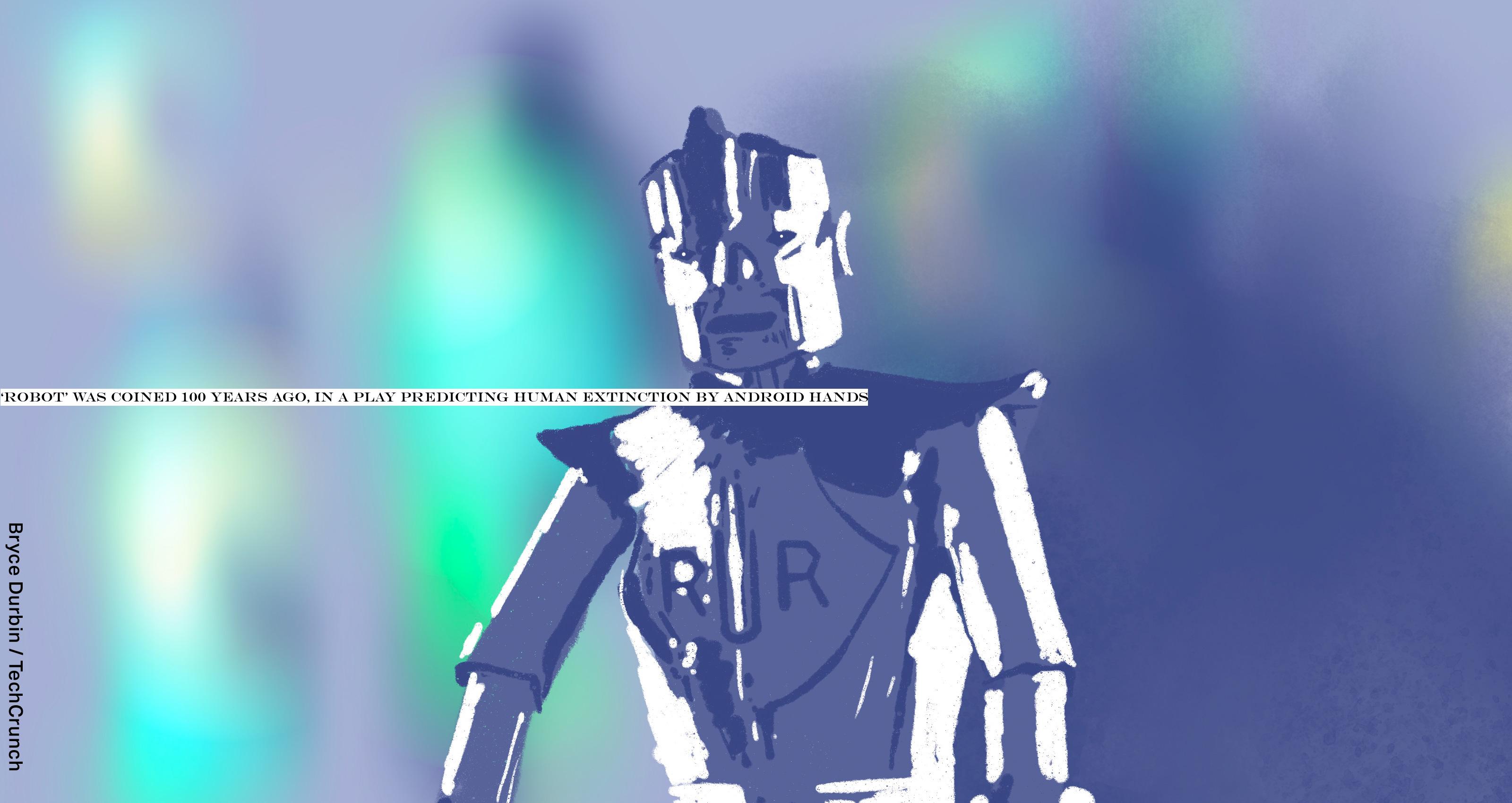Music
Trailers
DailyVideos
India
Pakistan
Afghanistan
Bangladesh
Srilanka
Nepal
Thailand
Iraq
Iran
Russia
Brazil
StockMarket
Business
CryptoCurrency
Technology
Startup
Trending Videos
Coupons
Football
Search
Download App in Playstore
Download App
Best Collections
Technology

Contract management service DocuSign today announced that it is acquiring Seal Software for $188 million in cash. The acquisition is expected to close later this year. DocuSign, itworth noting, previously invested $15 million in Seal Software in 2019.
Seal Software was founded in 2010, and, while it may not be a mainstream brand, its customers include the likes of PayPal, Dell, Nokia and DocuSign itself. These companies use Seal for its contract management tools, but also for its analytics, discovery and data extraction services. And itthese AI smarts the company developed over time to help businesses analyze their contracts that made DocuSign acquire the company. This can help them significantly reduce their time for legal reviews, for example.
&Seal was built to make finding, analyzing, and extracting data from contracts simpler and faster,& Seal Software CEO John O&Melia said in todayannouncement. &We have a natural synergy with DocuSign, and our team is excited to leverage our AI expertise to help make the Agreement Cloud even smarter. Also, given the companyscale and expansive vision, becoming part of DocuSign will provide great opportunities for our customers and partners.&
DocuSign says it will continue to sell Sealanalytics tools. Whatsurely more important to DocuSign, though, is that it will also leverage the companyAI tools to bolster its DocuSign CLM offering. CLM is DocuSignservice for automating the full contract life cycle, with a graphical interface for creating workflows and collaboration tools for reviewing and tracking changes, among other things. And integration with Sealtools, DocuSign argues, will allow it to provide its customers with a &faster, more efficient agreement process,& while Sealcustomers will benefit from deeper integrations with the DocuSign Agreement Cloud.
- Details
- Category: Technology Today
Read more: DocuSign acquires Seal Software for $188M to enhance its AI chops
Write comment (93 Comments)
The Dow Jones Industrial Average dropped nearly 1,200 points today to close at 25,766.64, marking the worst intraday point decline in the history of the Dow. The Nasdaq stock market fell over 400 points.
Behind the collapse was a growing realization that COVID-19, the coronavirus strain sweeping across the globe, has indeed landed on U.S. shores and will likely have a much stronger effect on the economy than analysts and investors initially predicted.
Morning trading showed that economists and investors were not assuaged by the reassurances from President Donald Trump and Vice President Mike Pence, who repeatedly indicated that the U.S. was well-prepared to meet the threat posed by the spreading virus.
It was only minutes after the press conference concluded that the Centers for Disease Control and Prevention issued a statement that the U.S. had identified its first case of community infection — when a person who was not known to have traveled outside of the U.S. or had been in contact with anyone who had been infected with the virus was diagnosed with the disease.
Most technology companies weren&t able to avoid the crumbling faith investors displayed toward the short-term prospects of the U.S. economy if itforced to endure a prolonged slowdown thanks to the illness. (Though there were a few exceptions.)
Facebook shares were down nearly 4%, or $7.35, to close at $189.75, while Amazon dropped $95.29 — or 4.81% — to close at $1,884.30. Apple and Microsoft were the hardest hit, with their shares off 6.5% and 7%, respectively. Microsoft closed down $11.99 at $158.13 and Apple closed at $273.52.
SaaS stocks wound up down 2.7%, while the Nasdaq itself closed off 4.6%.
To better illustrate what is going on, here is a set of figures. Just a few days ago, in mid-February, the Nasdaq was testing the 10,000 point threshold, a result that would have been not only an all-time record, but a key psychological barrier as well. Instead, after reaching fresh highs on the 19th, the Nasdaq is worth just a bit over 8,500 on the 27th. Thata big rejection of optimism.
More in the morning when the markets open again, and react to the nightnews.
- Details
- Category: Technology Today
Read more: The Dow Jones drops nearly 1,200 points as coronavirus fears batter stock markets
Write comment (94 Comments)Stem, a startup that helps independent musicians get paid, is expanding with a new financing program called Scale.
Co-founder and CEO Milana Rabkin Lewis described the companycore offering as a way for collaborators to &memorialize the split& of the proceeds from a song — once they&ve uploaded a track, Scale can automatically handle splitting the payments among those collaborators. It also offers a broader suite of tools, including revenue data, to help musicians manage the financial side of their careers.
However, Rabkin Lewis noticed that some musicians on Stem were starting to &graduate& by signing a deal with a record label, usually because they needed capital: &Sometimes that was money for marketing, sometimes it was money for production, sometimes it was the cost of going on tour.&
With Scale, Rabkin Lewis and her team are trying to offer something better — a way for musicians to get access to the money they need without having to sign a restrictive contract. The payment terms are transparent; they&re calculated as a percentage of monthly revenue, with musicians able to adjust how much money they take and how quickly they want to pay it back.
Plus they&re able to maintain creative control and full ownership of their master recordings. AndStem says these advances are better from a tax perspective, because they&re classified as a merchant credit advance that only gets taxed as money is actually earned.

Money might not be the only thing a musician needs, but Rabkin Lewis (a former agent at the United Talent Agency) said that marketing and other services that were once the sole domain of record labels are now available through independent professionals. And Stem already helps connect artists to those specialists through its Stem Direct membership program.
While Scale is officially launching today, Stem has already been testing the program with select artists. Rabkin Lewis said the advances vary from $2,500 to $250,000, with most of them in the $50,000 to $100,000 range, and payback periods ranging from four to 18 months.
Artists who have already participated in the program include Brent Faiyaz, Justine Skye and Lil Donald.
Rabin Lewis added that therea &huge white space& when it comes to offering financial services to &the creative class.&
&In the future, I&m excited to be thinking about how artists can collateralize their music,& she said. &You should be able to take out money against your music to be able to finance your recording studio, or finance your childstudies. I want to be the platform that understands what it means to be a creative professional and be able to provide the best-in-class services to these people that other segments of workers have access to.&
- Details
- Category: Technology Today
Read more: Stem is offering cash advances to help musicians stay independent
Write comment (92 Comments)
A quick hit as we have a podcast to record, but a few public companies in the broader SaaS market reported earnings in the past week. Their results are worth unpacking as they paint a good picture of what the markets are hunting for in modern software companies.
Of course, we&re covering the firms& share-price movements in the context of an epic selloff stemming from global conditions that are already impacting earnings.
But, hey, not all the news out there is bad. In fact, for our three companies, public investors are waving green flags. So lettake a peek regarding why Dropbox, Boxand Sprout Social — one recent IPO and two slightly-out-of-favor SaaS shops — each shot higher after reporting their Q4-era results.
Earnings, results
Letproceed in alphabetical order, putting Box at the top of our list. We&ll then work through Dropbox and Sprout Social.
Boxcalendar Q4-era earnings report (the companyFiscal 2020 Q4) beat investor expectations three times. It reported more revenue than anticipated, $183.6 million over expectations of $181.6 million; a slimmer loss than predicted, $0.07 per-share in adjusted profit against a projected $0.04; and the storage-grounded, corporate productivity companyquarterly forecast of $183.0 million to $184.0 million was a few million ahead of expectations ($181.8 million, per Yahoo Finance).
- Details
- Category: Technology Today
Read more: SaaS earnings bump Dropbox, Box and Sprout Social
Write comment (94 Comments)
It would be a foolish U.S. business that tried to sell chlorine-washed chicken in Europe — a region where very different food standards apply. But in the high-tech world of algorithmically assisted hiring, ita different story.
A number of startups are selling data-driven tech tools designed to comply with U.S. equality laws into the European Union, where their specific flavor of anti-discrimination compliance may be as legally meaningless as the marketing glitter they&re sprinkling — with eye-catching (but unquantifiable) claims of &fairness metrics& and &bias beating& AIs.
First up, if your business is trying to crystal-ball-gaze something as difficult to quantify (let alone predict) as &job fit& and workplace performance, where each individual hire will almost certainly be folded into (and have their performance shaped by) a dynamic mix of other individuals commonly referred to as &a team& — and you&re going about this job matchmaking &astrology& by working off of data sets that are absolutely not representative of our colorful, complex, messy human reality — then the most pressing question is probably, &what are you actually selling?&
Snake oil in software form? Automation of something math won&t ever be able to &fix?& An impossibly reductionist dream of friction-free recruitment?
Deep down in the small print, does your USP sum to claiming to do the least possible damage? And doesn&t that sound, well, kind of awkward?
- Details
- Category: Technology Today
Read more: Fear and liability in algorithmic hiring
Write comment (95 Comments)
The big climax arrives in Act Three. Therean uprising, as the robots take over the factory that created them. By the Epilogue, humankind is all but extinct. Fed up with their treatment, the robots have laid waste to the hands that created them, sparing only a single human — a fellow worker.
The decision may have ultimately doomed themselves, however, as they failed to save the one person capable of proliferating their kind. It is, however, the last living man who finds humanity in a pair of robots and likens them to the first two humans, in the biblical tradition. Ita hopeful note following an extinction that mostly occurred between acts. Two robots exit the stage, leaving the last man to utter the final words, &Adam—Eve.&
To borrow a phrase from another science fiction cautionary tale released seven decades later, &Life finds a way.&
Itthe final lesson of a play loaded to the artificial gills with allegory. Published 100 years ago (and premiering 99 years ago last month) R.U.R. (RossumUniversal Robots), by Czech writer Karel Čapek, is best remembered for bringing the word &robot& to sci-fi — and English, generally. Ita key piece of the seven-time Nobel Prize-nominated writerlegacy, who infused deeply held political beliefs into his early science fiction writings.
Čapekuse of &robot& is rooted in the Old Church Slavonic word, &robot,& which translates to forced labor& or &worker& in some derivations. &The word also has cognates in German, Russian, Polish and Czech,& history professor Howard Markel explained in a 2011 interview with NPR. &And itreally a product of the Central European system of serfdom, where a tenants& rent was paid for in forced labor or service.&
The concept of robots as forced labor dates back at least as far as the word robot itself — so, too, does the notion of a robotic uprising. That is to say that &kill all humans& wasn&t uttered first by Bender in Futurama or in the comments section of Boston Dynamics& Big Dog YouTube video. No, the first commonly understood robots to bear that name were wholly invested in returning power to the hands of the exploited workers — by any means necessary.
The roots of robotics in human society is commonly acknowledged to date back centuries prior, to classical cultures like Greek mythology and the golems of Jewish tradition. But Čapek is the one who gave us the word we still use today.
Of course, the writerrobots were more human than we presently associate with the word. In fact, perhaps, more in common with the older term, &android,& which stems from a Greek term that translates to &having the form of a man/human.& The robots of R.U.R. are living beings, built of artificial flesh, who eventually inherit the Earth.
&When the play opens, a few decades beyond the present day, the factory had turned out already, following a secret formula, hundreds of thousands, and even millions, of manufactured workmen, living automats, without souls, desires or feelings,& the official &Story of the Play& explains. &They are high-powered laborers, good for nothing but work. There are two grades, the unskilled and the skilled, and especially trained workmen are furnished on request.&
Set largely in the year 2000, the play grapples with questions of humanity decades before either Blade Runner or its source material, with the robots ultimately achieving a sort of humanity somewhere between Pinocchio and OzTin Man, albeit out from the ashes of the human creators they murdered en masse. A happy ending, perhaps, by 1920 standards.
For more robotics, check out our upcoming event March 3 at UC Berkeley.
- Details
- Category: Technology Today
Read more: ‘Robot’ was coined 100 years ago, in a play predicting human extinction by android hands
Write comment (99 Comments)Page 1375 of 1444

 8
8





